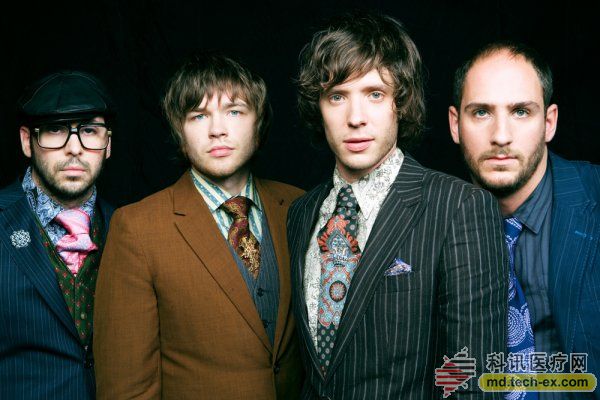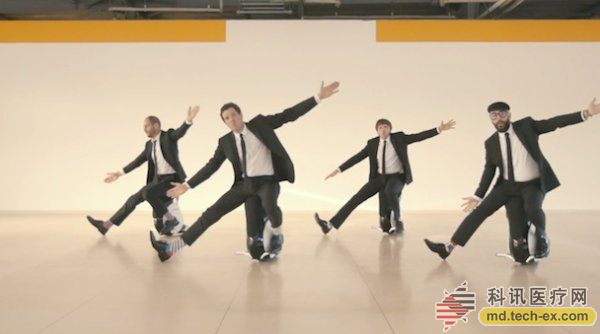Release date: 2014-11-27

The OK Go band, which has always appeared in an abnormal human posture (the band that used to be a long-lens MV umbrella), recently decided to launch their latest album "Hungry Ghost", which is actually a DNA.

We have a special album publishing technology: releasing a new album with DNA
OK Go is currently working with UCLA biochemistry scientist Sri Kosuri to store their music in DNA in biological form.
Kosuri was chosen because he once transcribed a book into DNA, and his research direction is biometric data storage.
Kosuri said: "DNA is information. Our body uses DNA to encode life, but you know, DNA can store any information."
If you use digital means to encode music, it is the format of the MP3 file we heard. At this time, the music is actually converted into binary code (0 and 1). If you want to get the music into the DNA, Kosuri will convert the binary code into four bases, A/G/T/C, which are the basic units of the gene. After making this long string of DNA, fans can save money to buy a small bottle of liquid containing a few nanograms of DNA. Don't look big, there are more than 100,000 copies of the album.
Damian Kulash, the lead singer of OK Go, said: "It seems that even if you just sell one or two drops of liquid, it will become the highest-selling album ever." Although the plan sounds simple, it may be very good to sell a DNA album. difficult.
Kulash said: "From a legal point of view, I still don't know if I can sell DNA to everyone, and how do we send this DNA to customers. The regulation of this thing is too strict."
Kulash came to the Columbia University Medical Center to see how fans of DNA albums can turn nucleic acids into digital music.
Harris Wang, a 31-year-old biologist at the lab, said: "If I want to turn DNA into music, what is the first thing?"
Lab graduate student Nathan Johns took a plastic vial containing a green solution from the refrigerator and had some DNA inside. Since the album DNA of OK Go is still being prepared, he demonstrated another batch of samples.
He used a dropper to drop three drops of the solution into a gel, and then placed the gel into an electrophoresis machine.
Xiao Wang with rimless glasses said: "This way we know how many base pairs of DNA in the sample."
Kulash is a bit confused: "Why do you want to do this? Make sure the samples are not messed up?"
Xiao Wang replied: "Well, yeah, you can say that."
Johns loaded the gel into a molecular imaging device. Xiao Wang explained the next step: heat the DNA and then cool it to replicate the DNA.
Kulash couldn't help it: "That means you can't heat them first, they shouted hot, and then you cool down again. At this time, DNA people think 'oh~ it's comfortable now. How about going out for a while!" 'But your guy is heating up again, this DNA is being crushed by you - is it such a basic principle?"
Xiao Wang nodded a little hesitantly: "In fact, this is to double the DNA index. If you repeatedly cool and heat down and then cool it 15 times, you can get millions of DNA. At this time, you can take the DNA out of the sequence. Read their base sequences. This is your code and you can convert it into a song."
But the most crucial thing is how to transform a DNA sequence into a song...
Source: Omelette Net
Canned Mackerel In Olive Oil,Canned Mackerel In Tomato Sauce,Canned Mackerel In Brine,Tinned Mackerel
DOCANNED , https://www.docannedfamily.com